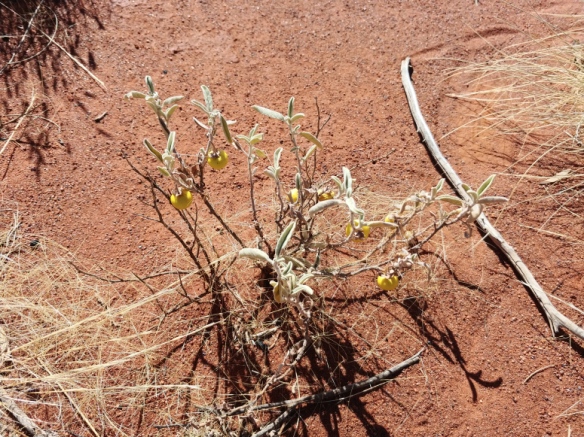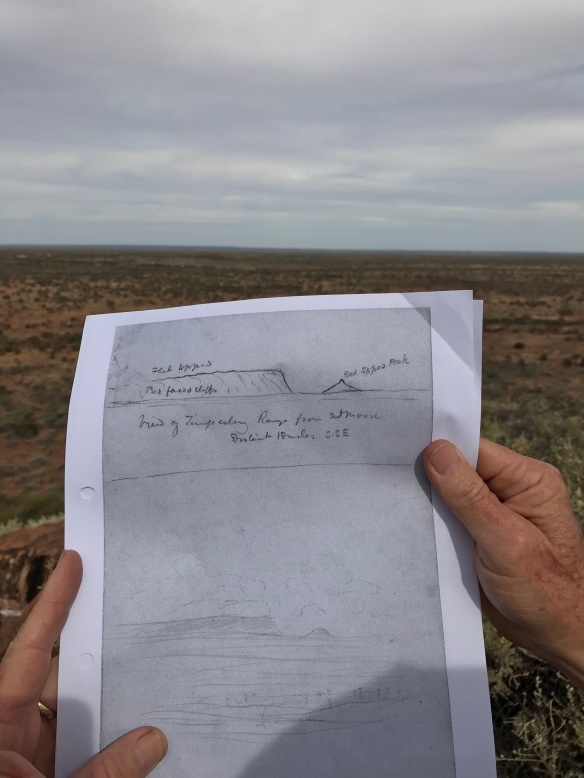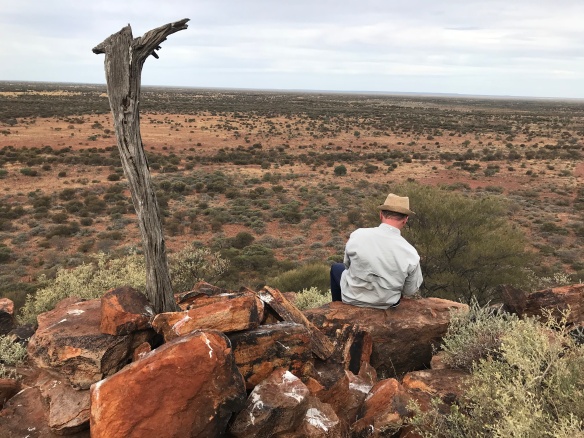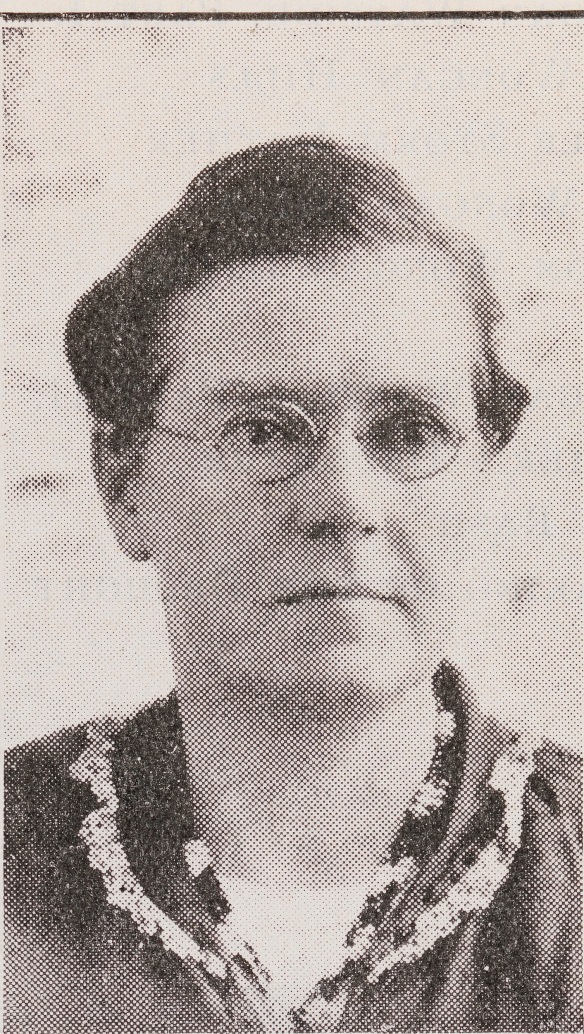The practice of exchanging greeting cards has a very long history, but the modern Christmas card tradition really got its start in the 1840s. Changes in postal services made it affordable for ordinary people to send each other cards, and developments in printing technologies gradually made it cheaper to produce cards commercially. Plus, Queen Victoria was doing it, which is how a surprising number of our modern Christmas traditions became popular. In Australia, it wasn’t until the 1880s that sending Christmas cards started to reach the heights of popularity. For most of Western Australia’s post-colonial history, people have been sending and receiving Christmas cards, and the State Library of Western Australia holds a surprisingly large number of them.
Early Western Australian Christmas cards
To modern eyes, early Christmas cards from Western Australia don’t seem all that Christmassy. One of the earliest dated cards in our collection was produced by the Perth Postal and Telegraph Company in 1887, and was part of a tradition of Postal Services around the world exchanging Christmas courtesies between themselves. The card features sketches of Perth and Fremantle, and also of a pearling fleet. The Western Mail at the time described the imagery as “suggestive of the youth and vigor of this young country.” This card is part of a larger collection of greeting cards collected by Emily Prinsep, and came to the library as part of the Prinsep family papers.
Others were more like picture postcards showing places or events throughout the year, with Christmas messages attached. These two examples show views of Mounts Bay Road and the Narrow with inserts of a cycling race from around 1896; and a view of Perth esplanade on June 20th 1897, with festivities for Queen Victoria’s Diamond Jubilee. They may have been produced by early photographers as a way of advertising their services or reselling existing images, but from a modern perspective it can be hard to see the Christmas connection.
One early card that is more Christmassy features a setting of an original Christmas carol, estimated to date from about 1890. The lyrics are by Henry Ebenezer Clay, who was a notable but somewhat uncelebrated Western Australian poet. The music was written by Sir William Robinson, who served three times as Governor of Western Australia; from 1875 to 1877, 1880 to 1883, and 1890 to 1895. Robinson was quite a well-regarded composer, and a number of his songs were popular in Australia at the time.
Increasing variety of Christmas cards
By the early 20th Century, a wide range of consumer cards were available and being exchanged by Western Australians. In the collection of records from the Young Australia League is an album of Christmas cards and other greetings, mostly sent to the League’s founder J.J. Simons from around 1911 to 1914. This shows the diversity of cards which were being sent at the time, including items designed and printed in Western Australia. Much of the imagery was still about the place the card was sent from, or floral and springtime. In fact, some cards came with small packets of seeds for the plants which they represented.
Floral images were featured on the very first commercial Christmas cards produced in Australia, and local flowers remained a popular theme. Amongst others, this card produced by the WA State Government Printer in 1912 features a rich illustration of Western Australian wildflowers.
Businesses were getting in on the act, as well. Many corporate Christmas cards were fairly plain, not much more than calling cards, but there were creative solutions too. The property company Peet and Company was one. While they had their fair share of serious cards, in the 1920s the company produced a novelty cheque for the payment of “ten thousand good wishes for Christmas and the New Year” for their Christmas messages.
Handmade Christmas cards
While there was a rich marketplace of commercially-produced cards available in the early 20th Century, it was not uncommon to send handmade cards as well, particularly if you were of an artistic bent. The artist and illustrator Amy Heap made this delightful view of the Swan River for a Christmas card in 1913. It was found in the collection of Frank Allum, who was Chief Clerk and later Deputy Master of the Perth Mint. Both Heap and Allum were members of the West Australian Society of Arts, and it is likely that the card was exchanged in that context.
We also hold a substantial collection of handmade cards produced by the “Brierley girls” in the 1920s. These were probably the daughters of the Brierley family who settled at Balangup, on the Frankland River west of Mount Barker, in 1913. Many members of the family were skilful artists, and these handmade cards certainly demonstrate that. The images are heavily European, but then the family had only emigrated from England about ten years prior to making the cards. These cards were later sent en masse to William Elsey, the Bishop of Kalgoorlie, and it’s in the Elsey family papers that they came to the library. Elsey had first met the Brierley family as an itinerant Clergyman in the Diocese of Bunbury, and they remained family friends.
Celebration under adversity
Some of the more poignant cards in the State Library of Western Australia’s collection come from people celebrating under challenging circumstances. In the collection of Major A.E. Saggers are handmade Christmas cards exchanged between Australian soldiers who were prisoners of war in Singapore in 1943 and 1944. Saggers wrote a memoir of his experiences, and by 1944 his unit had already been captured in Singapore, sent to work building the Burma-Thailand railway, and been returned to Singapore after its completion. What’s striking about these cards is how good-natured they are, and how the senders managed to find positivity and even humour in trying conditions.
Modern Christmas cards
By the 1950s, what we would recognise as contemporary Christmas imagery was becoming established in Western Australian Christmas cards.
Percy Dix established the printing company Dix Print in the early 20th Century, and went on to make a tradition of producing humourous Christmas cards with his face on them every year. By the 1950s, these included familiar Christmas images such as wreaths and Santa Claus outfits.
Religious imagery seems less common that you might expect in the Christmas cards in the State Library’s collection. The exception, of course, is cards sent from religious organisations. This card was sent by the Parish of Williams, in the Western Australian wheatbelt, in 1952. It is part of a substantial collection of greeting cards collected by the Haynes family, who had farmed in the Williams and Quindanning districts since the late 19th Century.
The second half of the 20th Century also saw a flourishing of businesses sending Christmas cards. There are myriad examples, but some are found in the records of the Swan Brewery. These cards were sent in the 1960s, and feature images of various buildings that the brewery had operated from, including the art deco building on Mounts Bay Road which no longer exists today.
New Christmas cards
New Christmas cards are still being produced all the time, and the State Library regularly collects new cards. One recent example from the State Library’s collection is a series of cards commissioned by the William Street Collective in 2012. These feature local Western Australian artists such as Luisa Hansal, Anya Brock, Jen Garland, Martin E. Willis, The Yok and Lisa Max, and were available for free from various sites along William Street, just outside the State Library of Western Australia itself.
Much more to discover
In 1888, a Melbourne journalist predicted that “the Christmas card craze has reached its climax and will probably decline.” In the 130 years since that prediction, Christmas cards certainly didn’t decline, and were created and exchanged in enormous numbers. At the State Library of Western Australia, Christmas cards can be found in our ephemera collections, in our pictorial collections, and spread throughout the private archives collections as items received or created by individuals and businesses. In writing this piece, it became apparent just how many Christmas cards the State Library holds, and we have only scratched the surface. There is so much more to discover, but then that’s true of all of our collections.







































































